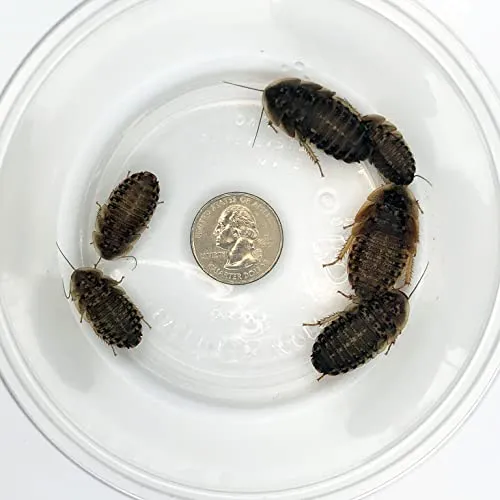Understanding Your Curly Hair Tarantula
The Curly Hair Tarantula (Tliltocatl albopilosus) is a popular and relatively docile species, making it a great choice for beginner tarantula keepers. These spiders are known for their distinctive appearance, featuring a dark body covered in light brown or golden hairs that give them a “curly” look. Native to the tropical regions of Central America, they are generally slow-moving and less prone to defensive behaviors compared to some other tarantula species. Successfully caring for a Curly Hair Tarantula involves understanding their specific needs regarding habitat, feeding, and overall environment.
What Makes Curly Hair Tarantulas Unique
Their endearing appearance, coupled with a relatively calm temperament, contributes to their popularity. They are also relatively hardy, making them less susceptible to errors in care compared to more delicate species. Their lifespan is another appealing factor; females can live for 10-15 years or even longer, providing a long-term companionship for the dedicated owner. The “curly hair” look, which is caused by the hairs covering the body, is a distinctive trait setting them apart from other tarantula species. Their ease of care compared to other species and their docile nature contribute to their popularity.
Origin and Habitat
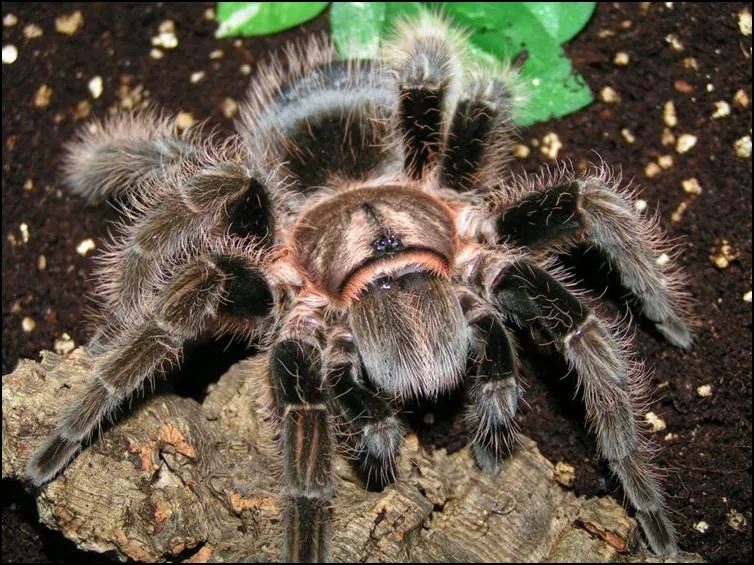
Curly Hair Tarantulas originate from the rainforests of Central America, specifically in Costa Rica and Nicaragua. In their natural habitat, they live in burrows or under objects like logs and rocks, seeking shelter and protection from predators and the elements. The warm and humid environment of the rainforest is crucial to their survival, and replicating this environment in captivity is vital for their health and well-being. Understanding their natural habitat is essential for providing the appropriate setup in your home. This includes considering factors such as temperature, humidity, and the type of substrate to use, which we will delve deeper into later.
Housing Your Curly Hair Tarantula
Creating a suitable habitat is one of the most important aspects of Curly Hair Tarantula care. Providing the right environment will ensure your tarantula thrives. The enclosure must be appropriately sized, secure, and able to maintain the necessary temperature and humidity levels. A well-designed habitat mimics their natural environment, providing comfort, security, and everything the tarantula needs to thrive. Ensuring the enclosure is escape-proof and provides the necessary elements for the tarantula is crucial for a healthy and happy pet. Remember to always prioritize the safety and well-being of your tarantula.
Choosing the Right Enclosure
For an adult Curly Hair Tarantula, an enclosure that is approximately 10-gallon tank or a container with dimensions of 12x12x12 inches is typically sufficient. The enclosure should be well-ventilated but escape-proof; a secure lid is a must. The material of the enclosure can be glass or plastic, but ensure it’s easy to clean and offers good visibility. Avoid enclosures that are too large for juveniles, as this can make it difficult for them to find food and feel secure. The size of the enclosure is closely tied to the tarantula’s size and growth stages. The enclosure needs to be escape-proof, therefore consider the lid.
Substrate and Decorations
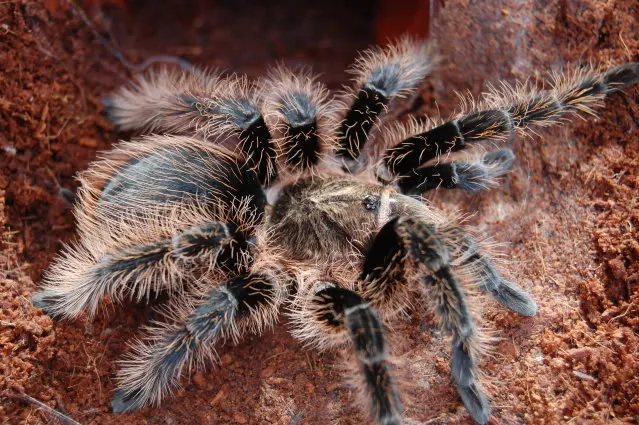
The substrate is the bedding material that covers the bottom of the enclosure and serves several purposes, including moisture retention, providing a place for the tarantula to burrow, and offering a naturalistic environment. A good substrate for a Curly Hair Tarantula is a mix of coco fiber, peat moss, and a small amount of vermiculite. This combination holds moisture well, which helps maintain humidity levels. Add a layer of substrate, around 4-6 inches deep, to allow for burrowing. Decorations such as a hide (e.g., a piece of cork bark or a half-log) are essential to provide the tarantula with a sense of security. Always ensure that the decorations are safe and non-toxic.
Temperature and Humidity
Curly Hair Tarantulas thrive in a warm and humid environment. The ideal temperature range is between 75-85°F (24-29°C). You can maintain this temperature using a heat mat placed on the side or back of the enclosure, but never directly under the substrate to prevent burns. Humidity levels should be kept at around 65-75%. You can measure humidity using a hygrometer. To increase humidity, mist the enclosure with dechlorinated water every few days. Avoid excessive moisture, which can lead to mold and mites. Maintaining the right temperature and humidity levels is crucial for their health and well-being.
Feeding Your Curly Hair Tarantula
Proper feeding is crucial for a Curly Hair Tarantula’s health and growth. It is important to offer a balanced diet and a feeding schedule that suits their needs. Overfeeding can lead to health problems, while underfeeding can stunt their growth and overall health. Understanding what to feed them, how often, and how much is essential. Remember that tarantulas have specific dietary requirements and that providing the right nutrition is essential for a long and healthy life. Observe their feeding habits and adjust your approach accordingly.
What to Feed Your Tarantula
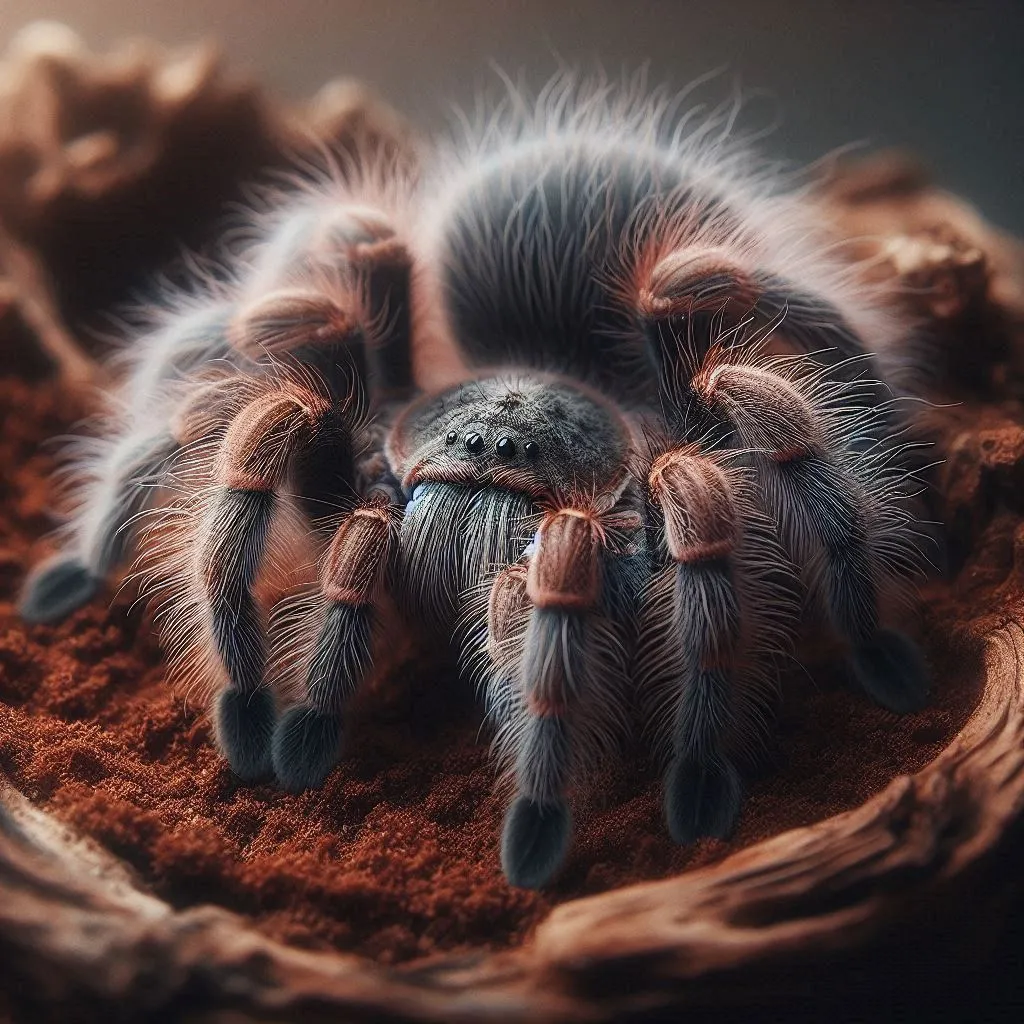
The primary diet of a Curly Hair Tarantula consists of insects. Crickets, dubia roaches, and mealworms are excellent choices. You can also occasionally offer other insects like superworms and hornworms. Ensure the insects are gut-loaded (fed nutritious food) before offering them to your tarantula, as this will pass on essential nutrients. Avoid feeding insects that are too large for your tarantula to handle. The size of the prey should generally be no larger than the tarantula’s abdomen. Pre-killed insects are safer, especially for smaller tarantulas, reducing the risk of injury from live prey.
Feeding Frequency and Schedule
The feeding frequency depends on the tarantula’s age and size. Spiderlings (young tarantulas) should be fed two to three times a week. Sub-adults can be fed once or twice a week, and adults can be fed once a week or even less often, depending on their size and appetite. Observe your tarantula; if the abdomen is plump, you can reduce the frequency. If it appears thin, increase the feeding frequency. Always remove uneaten food within 24 hours to prevent mold and mites from developing in the enclosure. Adjust your feeding schedule based on the tarantula’s eating habits and overall health.
Water and Hydration
Providing access to fresh water is essential for your Curly Hair Tarantula. Use a shallow water dish that is easily accessible, and refill it regularly with fresh, dechlorinated water. Spiderlings may need a water source like a bottle cap filled with water, as they may be too small to drink from a larger dish. Ensure the water dish is shallow enough to prevent drowning. Another option is to mist the enclosure regularly to provide water droplets the tarantula can drink. Clean the water dish regularly to prevent bacterial growth. Always have fresh water available.
Maintaining a Healthy Environment
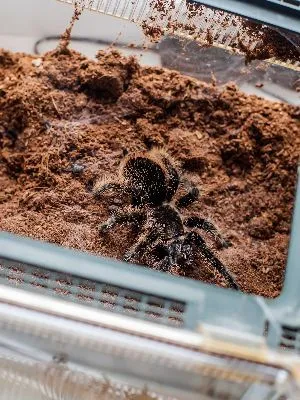
Maintaining a clean and healthy environment is crucial for your tarantula’s well-being. Regular cleaning, proper handling, and knowing what to watch out for can make a big difference in the health and happiness of your Curly Hair Tarantula. A healthy environment reduces the risk of illness and promotes a longer lifespan. Always keep the enclosure clean and safe, and know the best practices to care for your pet. Take the time to understand the specific needs of your Curly Hair Tarantula.
Cleaning and Maintenance
Spot-clean the enclosure regularly, removing any uneaten food, molted exoskeletons, and other debris. Change the substrate entirely every 6-12 months, or sooner if it becomes excessively soiled or moldy. Regularly check the enclosure for any signs of mold or mites. Clean the water dish and decorations as needed. Avoid using harsh chemicals for cleaning, as these can be harmful to your tarantula. Ensure the enclosure is well-ventilated to prevent the buildup of moisture and contaminants. Regular maintenance helps maintain a healthy and safe environment for your pet.
Handling and Interaction
Curly Hair Tarantulas are generally docile, but handling them is not always necessary and can be stressful for the spider. If you choose to handle your tarantula, do so cautiously and avoid sudden movements. Always handle them close to the ground in case of a fall. Wash your hands thoroughly before and after handling to remove any chemicals that could be harmful to the tarantula. Remember that tarantulas are fragile, and a fall can be fatal. It is not essential to handle tarantulas, and many keepers prefer to observe them in their habitat. Minimize handling and ensure the tarantula is comfortable and safe.
Identifying and Addressing Health Issues
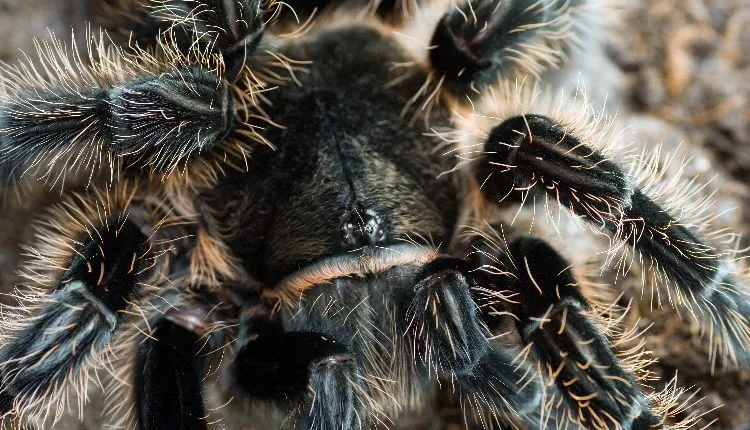
Observe your tarantula regularly for any signs of illness. Common issues include loss of appetite, lethargy, and unusual behavior. Look out for signs of parasites, mites, or mold. If you notice any health problems, consult with a veterinarian experienced in exotic animals. Maintaining the correct temperature and humidity, providing a balanced diet, and keeping the enclosure clean will help prevent many health issues. Early detection of health problems and prompt veterinary care will improve the chances of recovery. Always make sure you’re providing the best possible care for your tarantula.
Molting and Growth
Molting is a natural process for tarantulas, allowing them to grow and replace their exoskeletons. During molting, the tarantula sheds its old exoskeleton and reveals a new, larger one. This process can be stressful for the spider, so it’s essential to provide a safe and undisturbed environment. Knowing what to expect during molting and how to provide post-molting care is crucial for your tarantula’s well-being. Molting is a sign of healthy growth and development.
What to Expect During Molting
Before molting, your tarantula may become less active and stop eating. They might also create a web mat or lay on their back. Do not disturb the tarantula during this time. The molting process can take several hours. Avoid handling or disturbing the tarantula during the molting process, as it is a very vulnerable time. Ensure the enclosure is humid during this process, as it will help the tarantula shed its old exoskeleton. Create a calm and undisturbed environment during molting, as this is crucial for the tarantula’s health and safety.
Post-Molting Care
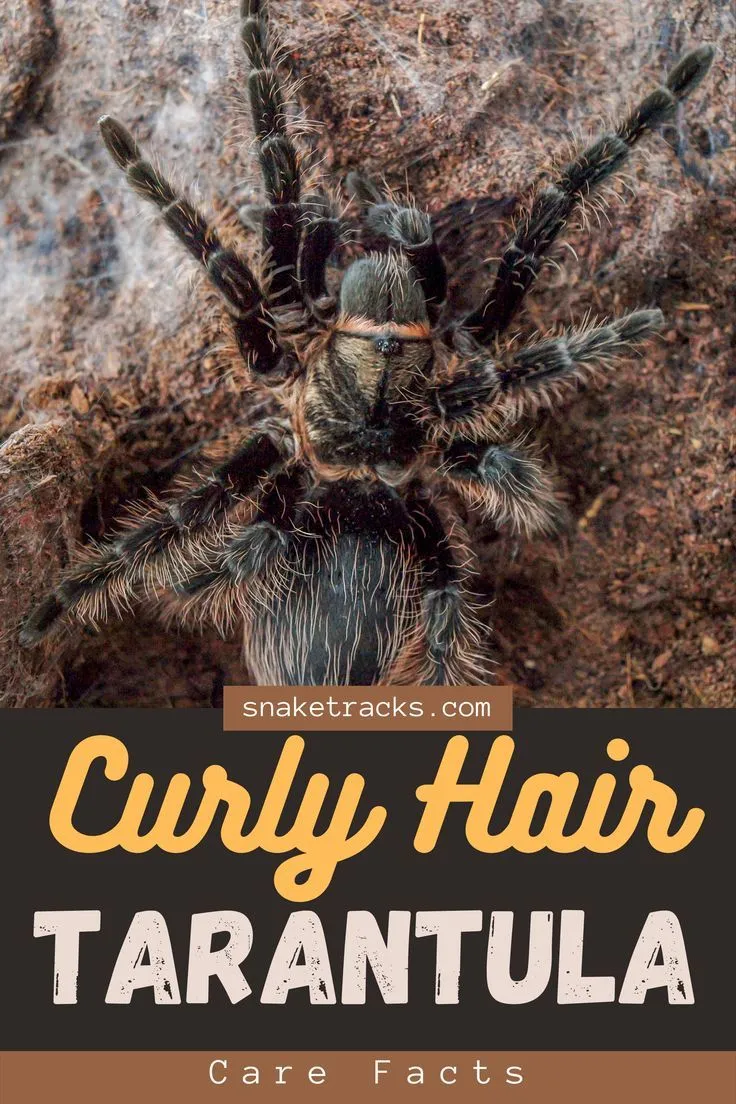
After molting, the tarantula’s new exoskeleton will be soft. Do not feed your tarantula for a week or two to allow the exoskeleton to harden fully. Provide access to fresh water. Once the exoskeleton has hardened, you can resume feeding. Be patient, as they may not eat immediately. Provide a calm and undisturbed environment during this process. If the molt appears incomplete or the tarantula has difficulty molting, consult a veterinarian experienced in exotic animals. It is important to be patient and let the tarantula recover.
Conclusion
Caring for a Curly Hair Tarantula can be a rewarding experience. By providing the correct environment, a balanced diet, and appropriate care, you can enjoy these fascinating creatures for many years. Remember to research and understand the specific needs of your tarantula, and always prioritize their health and well-being. With patience and dedication, you can create a thriving and happy environment for your Curly Hair Tarantula, enjoying the unique experience of keeping these amazing creatures. Enjoy your journey as a tarantula keeper.
